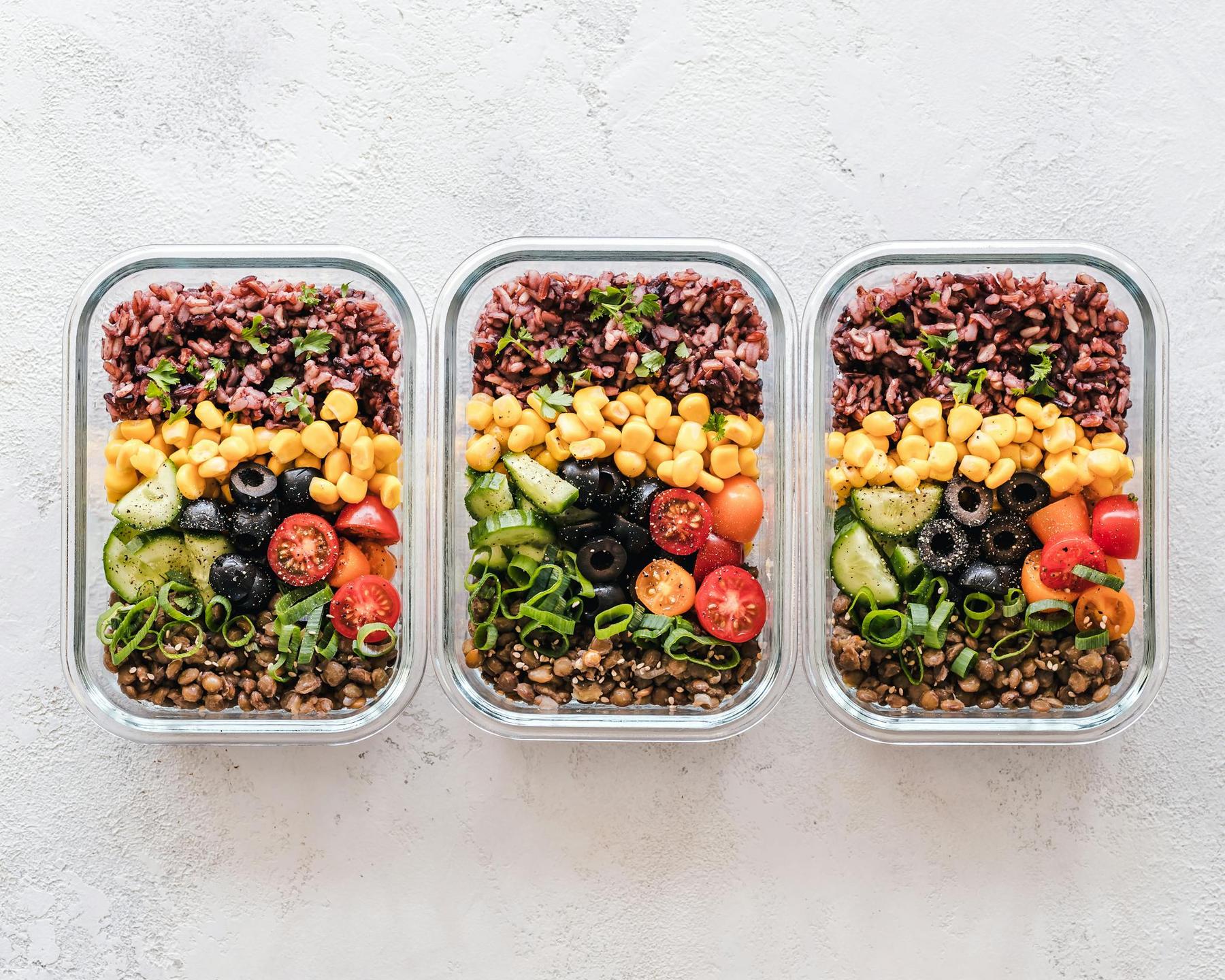In the journey towards healthier living, weight management remains one of the most challenging goals for many Australians. Despite abundant information available, creating a structured, personalised approach often proves elusive. A well-designed weight loss checklist can transform overwhelming options into manageable steps, providing clarity and direction. This comprehensive guide outlines how to build your own evidence-based weight loss checklist, combining scientific principles with practical implementation strategies to support sustainable results.
Why Is a Structured Weight Loss Checklist Essential for Success?
Research consistently demonstrates that structured approaches to weight management yield superior outcomes compared to unplanned efforts. A properly designed weight loss checklist serves as both roadmap and accountability tool, transforming abstract goals into concrete actions.
“The difference between successful weight management and repeated failure often lies not in willpower, but in systematic implementation of evidence-based strategies,” notes research published in behavioural medicine journals. A comprehensive checklist addresses all dimensions of weight management—medical considerations, nutritional strategies, physical activity, behavioural modifications, and ongoing support.
Creating your checklist isn’t merely about listing desired behaviours; it’s about building a personalised framework that aligns with your specific health profile, lifestyle constraints, and long-term objectives. This systematic approach helps overcome the common pitfalls of fad diets and unsustainable programmes that lead to the frustrating cycle of weight loss and regain.
What Essential Preparation Steps Should Your Checklist Include?
Before embarking on any weight management journey, proper preparation dramatically increases your chances of success. Include these foundational elements in your checklist:
Calculate Your Energy Requirements
Understanding your body’s energy needs provides the scientific foundation for effective weight management:
- Determine your Total Daily Energy Expenditure (TDEE) using validated calculators that account for your age, sex, weight, height, and activity level
- Create a moderate calorie deficit of approximately 500 calories daily to target a sustainable weight loss of around 0.45 kg weekly
- Document your baseline metrics including weight, body measurements, and if possible, body composition
This calculated approach prevents the common pitfall of excessive restriction that leads to metabolic adaptations and unsustainable outcomes.
Schedule a Comprehensive Health Assessment
A thorough medical evaluation should precede any weight management programme:
- Consult with a healthcare provider for assessment of vital health markers including BMI, waist circumference, blood pressure, cholesterol levels, and blood glucose
- Review current medications and supplements that might influence weight management
- Screen for underlying conditions that affect metabolism or energy regulation
- Discuss personal and family medical history relevant to weight management
This step is particularly crucial for individuals with a BMI over 27, those with existing health conditions, or anyone experiencing unexplained weight changes.
Establish Clear, Measurable Goals
Effective goal-setting forms the psychological foundation of successful weight management:
- CreateSMART goals(Specific, Measurable, Achievable, Relevant, Time-bound)
- Set realistic short-term targets, such as 3-5% body weight reduction over 3-6 months
- Define long-term objectives, including maintaining at least 10% weight loss for one year or more
- Document non-scale victories that matter to you, such as improved energy, better sleep quality, or enhanced mobility
“Goal-setting creates the cognitive architecture necessary for sustainable behaviour change,” explains behavioural science research. Your checklist should include regular assessment of progress toward these defined objectives.
Which Daily Implementation Strategies Should Your Checklist Contain?
The core of your weight loss checklist comprises the daily actions that collectively create results. These elements should feature prominently:
Dietary Strategy Implementation
Nutrition forms the cornerstone of effective weight management. Include these evidence-based dietary strategies:
- Follow the 50/50 plate rule: half plate non-starchy vegetables, half plate divided between lean proteins and whole grains
- Prioritise protein intake of 25-30g per meal to enhance satiety and preserve muscle mass
- Eliminate empty calories from sugary beverages, refined carbohydrates, and excessive added oils
- Maintain hydration with at least 2 litres of water daily
- Implement strategic meal timing and structure that works with your schedule and hunger patterns
- Schedule weekly meal planning and preparation sessions
These nutritional strategies should be adaptable while maintaining the core principles of energy balance and nutrient density.
Physical Activity Framework
Movement is essential for both weight loss and long-term maintenance. Your checklist should include:
- Cardiovascular exercise: 150+ minutes weekly of moderate-intensity activity like brisk walking, swimming, or cycling
- Strength training: At least 2 sessions weekly focusing on major muscle groups to preserve lean mass during weight loss
- Daily movement targets: Track steps with a goal of 8,000-10,000 daily
- Scheduled activity sessions: Block specific times for exercise to ensure consistency
- Recovery protocols: Include adequate rest days and proper sleep hygiene
- Progressive challenge: Plan for gradual increases in duration or intensity to prevent plateaus
“Physical activity creates a metabolic environment that supports fat loss while protecting muscle tissue,” notes exercise physiology research. Your activity checklist should balance structure with flexibility to accommodate real-life constraints.
Behavioural Tools and Monitoring Systems
Successful weight management relies on consistent tracking and behavioural reinforcement:
- Implementdaily food journalingusing appropriate apps or physical journals
- Conduct weekly weigh-ins using the same scale, at the same time of day, wearing similar clothing
- Track body measurements monthly to capture changes not reflected on the scale
- Schedule sleep optimisation, aiming for 7-9 hours of quality sleep nightly
- Include daily stress management techniques such as meditation, deep breathing, or gentle movement
- Plan for regular reassessment of goals and strategies
These monitoring systems provide the feedback necessary to make informed adjustments to your approach over time.
How Can Technology and Support Systems Enhance Your Checklist?
Modern weight management benefits substantially from technological integration and professional support. Consider these additions to your checklist:
Telehealth Integration
The emergence of comprehensive telehealth services has revolutionised weight management support:
| Service Component | Recommended Frequency | Primary Benefits |
|---|---|---|
| Virtual doctor consultations | Monthly | Medical oversight, treatment plan adjustments, prescription management |
| Dietitian appointments | Bi-weekly initially, then monthly | Personalised nutrition guidance, meal planning, dietary troubleshooting |
| Health coaching sessions | Weekly or bi-weekly | Behaviour change support, accountability, motivation enhancement |
| Digital monitoring | Daily/Weekly | Convenient tracking of metrics, early identification of patterns |
| Community engagement | As needed | Peer support, shared experiences, increased motivation |
Research demonstrates that programmes combining telehealth with regular monitoring show significantly better outcomes and retention rates compared to traditional in-person approaches alone.
Accountability Framework
Structured accountability dramatically improves adherence to weight management plans:
- Schedule regular check-ins with healthcare providers or coaches
- Establish a support network of friends, family, or online communities
- Set up reward systems for achieving milestone goals
- Create contingency plans for challenging situations like travel or holidays
- Document progress visually through photos or charts
- Share goals with selected individuals who provide positive reinforcement
These accountability mechanisms should be integrated throughout your checklist to maintain momentum during challenging periods.
How Should Your Checklist Address Common Obstacles and Adjustments?
A comprehensive weight loss checklist must include strategies for overcoming inevitable challenges:
Plateau Management Protocols
Weight loss plateaus are normal physiological responses that require strategic adjustments:
- Recalculate energy needs after each 5% of weight lost
- Rotate between different types of dietary approaches while maintaining a calorie deficit
- Introduce novel exercise modalities to challenge different muscle groups
- Increase non-exercise activity thermogenesis (NEAT) through everyday movement
- Review food logs for potential tracking errors or portion creep
- Consider temporary increases in exercise intensity or duration
Including these adjustment protocols in your checklist prepares you to respond effectively when progress stalls.
Psychological Support Strategies
Emotional and psychological factors significantly impact weight management success:
- Develop coping mechanisms for emotional eating triggers
- Practice stress reduction techniques like progressive muscle relaxation
- Implement cognitive restructuring for negative thought patterns
- Schedule regular self-compassion practices
- Create environment modifications that support healthy choices
- Establish clear boundaries with individuals who undermine weight management efforts
“The psychological aspects of weight management often determine long-term outcomes more powerfully than dietary knowledge,” notes psychological research on successful weight maintenance.
The Power of an Individualised Weight Loss Checklist
Creating and following a comprehensive weight loss checklist transforms the overwhelming process of weight management into a series of manageable, evidence-based actions. This systematic approach addresses the biological, psychological, and environmental factors that influence weight, providing structure without rigidity.
The most effective checklists evolve over time, incorporating new insights from your personal experience and emerging research. Regular review and refinement of your checklist ensures it remains aligned with your changing needs and goals.
For individuals with a BMI over 27 or those with weight-related health conditions, medically supervised programmes offer additional support through comprehensive care that addresses the complex factors influencing weight. These structured approaches combine medical expertise with the daily implementation strategies outlined in this checklist.
By integrating these evidence-based elements into your personalised weight loss checklist, you create a powerful tool for sustainable weight management that accounts for your unique circumstances while leveraging proven principles of health science.
Skip the struggles. Our patients achieve <20.2% weight reduction with medical weight loss treatments delivered straight to their door. No clinics. No waiting. Just results. See if you're eligible for our medical weight loss treatments - take our quiz.
How quickly should I expect to see results from following my weight loss checklist?
Healthy, sustainable weight loss typically occurs at a rate of 0.5-1 kg per week, though individual results vary based on starting weight, metabolic factors, and adherence to your plan. More important than speed is consistency—research shows that steady, moderate weight loss leads to better long-term maintenance than rapid results. Your checklist should include regular assessment of multiple progress markers beyond scale weight, including energy levels, clothing fit, and health metrics.
Is medical supervision necessary for everyone starting a weight loss programme?
While not everyone requires intensive medical oversight, consulting with healthcare professionals before beginning any weight loss programme is highly recommended. This is particularly important for individuals with a BMI over 27, those with existing health conditions, people taking medications, or anyone experiencing unexplained weight changes. Medical professionals can identify underlying conditions affecting weight, provide personalised recommendations, and monitor health markers throughout your journey.
What should I include in my checklist if I stop seeing progress despite following my plan?
Plateaus are a normal physiological response requiring strategic adjustments. Your troubleshooting checklist should include: recalculating your energy needs (which change as you lose weight), reviewing food logs for accuracy, introducing new exercise modalities, increasing daily movement, evaluating sleep quality, addressing stress levels, and potentially consulting with healthcare providers. Sometimes minor adjustments to macronutrient distribution or meal timing can restart progress without requiring more severe restrictions.
How does telehealth support enhance traditional weight management approaches?
Telehealth services provide convenient access to medical professionals, dietitians, and coaches without geographical limitations. Research shows telehealth weight management programmes achieve comparable or superior results to traditional in-person approaches, with higher adherence rates due to reduced barriers to participation. Your checklist should include scheduled telehealth consultations, digital monitoring of progress, and utilisation of app-based tools that integrate with your healthcare team’s recommendations.
What elements should my maintenance checklist include after reaching my weight goals?
Successful maintenance requires different strategies than the weight loss phase. Your maintenance checklist should include: slightly increased calorie intake based on your new weight, continued regular monitoring of weight and measurements, sustained physical activity with an emphasis on strength training, regular reassessment of health markers, scheduled course corrections if weight fluctuates beyond defined boundaries (typically 2-3 kg), and ongoing connection with support systems. Research indicates that individuals who maintain structured approaches during maintenance have significantly higher success rates for keeping weight off long-term.



